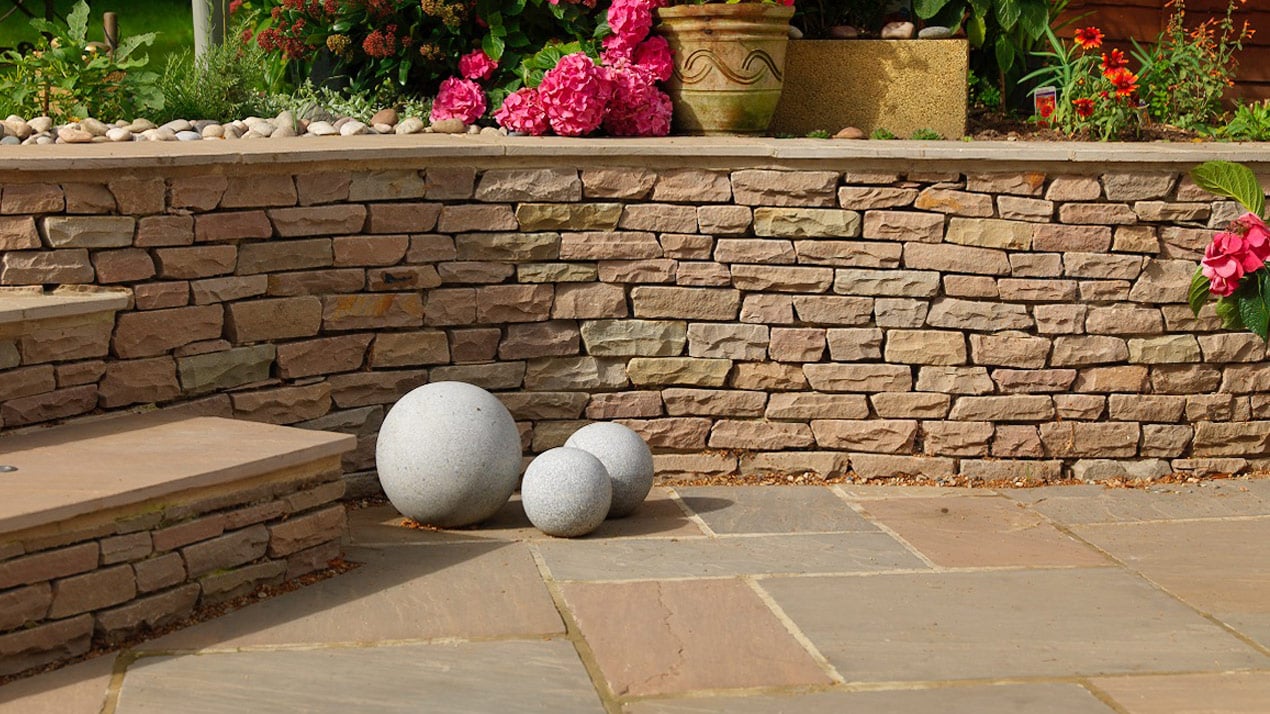Natural sandstone is a sedimentary rock composed primarily of sand-sized minerals or rock grains. Formed over millions of years through the compaction and cementation of sand, it is one of the most durable and aesthetically pleasing natural stones available. Its unique textures, colors, and versatility make it a popular choice for construction, landscaping, and interior design.
In this comprehensive guide, we will explore:
-
The formation and types of natural sandstone
-
Key benefits of using sandstone in construction
-
Popular applications in architecture and design
-
Maintenance and care tips
-
Environmental impact and sustainability
By the end of this article, you’ll understand why sandstone remains a preferred material for builders, architects, and homeowners worldwide.
How Natural Sandstone is Formed
Sandstone is created through the accumulation and compression of sand particles over long geological periods. These particles, often composed of quartz, feldspar, and other minerals, are deposited by wind, water, or ice. Over time, pressure and mineral cementation (usually silica, calcium carbonate, or iron oxide) bind the grains together, forming solid rock.
Types of Natural Sandstone
Sandstone varies in color, texture, and hardness based on its mineral composition and formation process. The most common types include:
-
Quartz Sandstone – Dominated by quartz grains, making it highly durable and resistant to weathering.
-
Arkose Sandstone – Contains a significant amount of feldspar, giving it a reddish or pinkish hue.
-
Lithic Sandstone – Composed of small rock fragments, offering a more rugged appearance.
-
Flagstone Sandstone – Split into flat slabs, ideal for paving and flooring.
Each type has unique properties that make it suitable for different applications.
Benefits of Using Natural Sandstone
1. Exceptional Durability
Sandstone is known for its strength and longevity. When properly sealed, it can withstand harsh weather conditions, making it ideal for both indoor and outdoor use.
2. Aesthetic Appeal
With its natural color variations, veining, and textures, sandstone adds a rustic yet elegant touch to any space. Available in shades of beige, brown, red, yellow, and gray, it complements various architectural styles.
3. Versatility in Applications
From flooring and wall cladding to garden pathways and monuments, sandstone is incredibly versatile. Its workability allows for custom cuts and intricate carvings.
4. Slip-Resistance
Sandstone’s naturally textured surface provides excellent slip resistance, making it a safe choice for pool decks, patios, and walkways.
5. Thermal Insulation
Unlike concrete or metal, sandstone remains cool in summer and retains warmth in winter, enhancing energy efficiency in buildings.
6. Eco-Friendly Material
As a natural stone, sandstone requires minimal processing, reducing its carbon footprint compared to synthetic materials.
Popular Applications of Natural Sandstone
1. Building Facades & Wall Cladding
Sandstone’s weather-resistant properties make it ideal for exterior walls, adding a classic and timeless look to buildings.
2. Flooring & Pavements
Its durability and slip-resistant nature make sandstone a preferred choice for indoor flooring, driveways, and garden pathways.
3. Landscaping & Garden Features
Sandstone is widely used in creating retaining walls, steps, fountains, and decorative garden edging.
4. Monuments & Sculptures
Due to its ease of carving, sandstone has been used for centuries in historical monuments, statues, and intricate architectural details.
5. Interior Design Elements
From fireplace surrounds to kitchen countertops, sandstone enhances interiors with its natural beauty.
Maintenance and Care for Sandstone
While sandstone is durable, proper maintenance ensures its longevity:
1. Regular Cleaning
-
Use a mild detergent and water to remove dirt.
-
Avoid acidic cleaners that can erode the stone.
2. Sealing
Applying a high-quality sealant every few years protects sandstone from stains and moisture penetration.
3. Preventing Damage
-
Place mats at entryways to reduce abrasive dirt.
-
Avoid dragging heavy furniture to prevent scratches.
4. Repairing Cracks & Chips
Minor damages can be fixed with stone fillers or professional restoration services.
Environmental Impact & Sustainability
Sandstone is an eco-friendly choice because:
-
It is 100% natural, requiring minimal processing.
-
Quarrying techniques have become more sustainable, reducing environmental disruption.
-
It is fully recyclable and can be repurposed for other construction projects.
Compared to synthetic materials, sandstone has a lower carbon footprint, making it a responsible choice for green building initiatives.
Conclusion: Why Choose Natural Sandstone?
Natural sandstone offers a perfect blend of beauty, durability, and sustainability. Whether used in modern architecture or traditional designs, it enhances the aesthetic and functional value of any project. Its versatility, low maintenance, and eco-friendly nature make it a smart investment for homeowners and builders alike.
If you’re considering sandstone for your next project, consult with a reputable supplier to select the best type for your needs. With proper care, sandstone structures can last for generations, standing as a testament to nature’s artistry and human craftsmanship.











One thought on “Natural Sandstone: A Timeless Building Material for Modern Architecture”
Comments are closed.